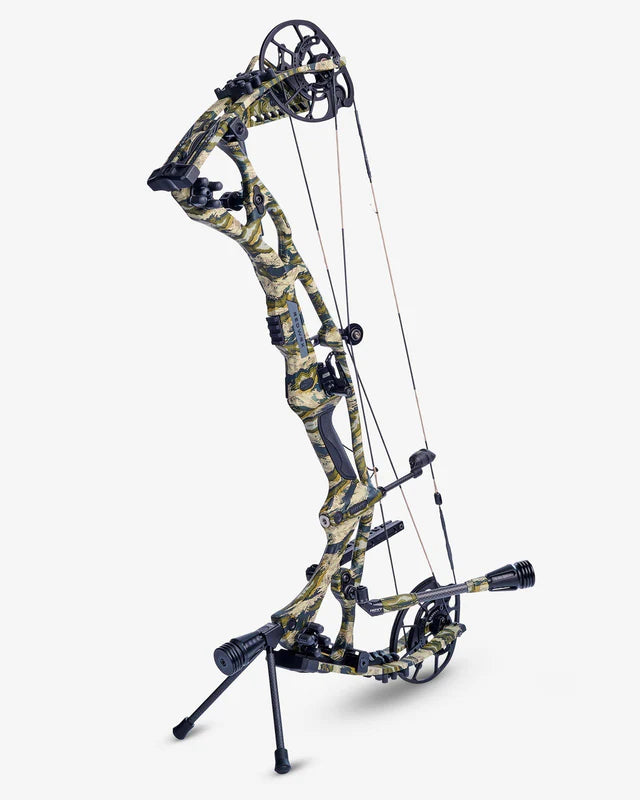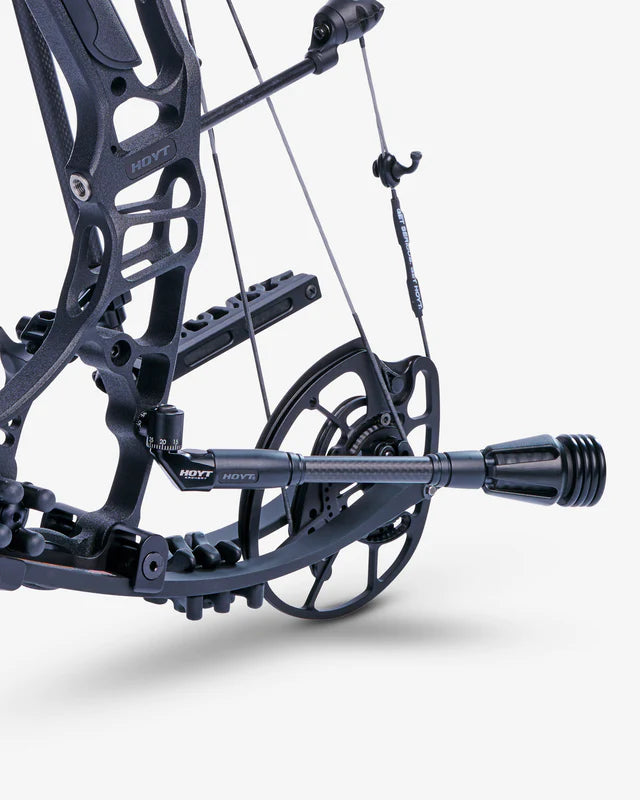Unlocking Accuracy: The Advantages of Using Archery Stabilizers
Unlocking Accuracy: The Advantages of Using Archery Stabilizers
Blog Article
The Ultimate Overview to Choosing the Right Archery Stabilizer for Enhanced Precision
Amongst the different devices available, an archery stabilizer plays a considerable duty in improving precision. In this thorough guide, we will discover the crucial factors to consider when picking an archery stabilizer for boosted precision. Whether you are a seasoned archer looking to update your equipment or a novice seeking advice, join us on this journey as we untangle the tricks to choosing the ideal archery stabilizer.
Size: Discovering the Optimal Stabilizer Length
Identifying the optimal stabilizer size is vital when choosing an archery stabilizer for optimal performance. A stabilizer that is also long can make the bow really feel challenging and top-heavy to regulate, while a stabilizer that is too short might not give enough stability and dampening of resonances.
A longer stabilizer, normally ranging from 8 to 12 inches, can provide better security and decrease bow torque. This is particularly beneficial for archers who fire with a high draw weight or those that have a tendency to torque the bow throughout the shot. The included length aids to disperse the weight uniformly and counterbalance any torque or motion.
On the other hand, a much shorter stabilizer, generally between 4 to 7 inches, offers more ability to move and quicker action. It is favored by archers who fire with a reduced draw weight or those that require even more mobility, such as hunters or 3D shooters. The much shorter size enables easier movement with tight areas and faster modifications.
Inevitably, the optimal stabilizer size is a matter of personal choice and shooting style. It is suggested to try out different lengths and observe the effects on stability and accuracy. Consulting with skilled archers or professionals can also offer important insights and recommendations.
Weight: Determining the Appropriate Stabilizer Weight
After thinking about the optimal stabilizer length, the next crucial aspect to consider when selecting an archery stabilizer is establishing the ideal stabilizer weight - archery stabilizer. The weight of the stabilizer plays an important duty in improving accuracy and security during the shot
The weight of the stabilizer influences the equilibrium and control of the bow. A heavier stabilizer can supply increased stability and control, especially for shooters with a propensity for unstable hands or inconsistent shots. It aids to take in the vibrations and recoil generated by the bow, reducing torque and minimizing the result on the arrow's flight.
On the other hand, a lighter stabilizer enables a quicker and a lot more responsive bow. It can be helpful for shooters that focus on ability to move and rate over stability. Lighter stabilizers also lower fatigue during lengthy shooting sessions or competitors.
To establish the proper stabilizer weight for your demands, it is essential to consider your capturing design, physical stamina, and bow arrangement. Explore various weights and observing the effect on your capturing efficiency is essential to finding the excellent balance.
Inevitably, the ideal stabilizer weight will differ for every specific archer. It is recommended to start with a modest weight and make modifications based on personal choice and shooting outcomes. Keep in mind, the objective is to achieve a secure and controlled shot, while likewise maintaining convenience and ease of usage.
Materials: Selecting the Right Materials for Toughness and Efficiency
When selecting an archery stabilizer, it is vital to carefully take into consideration the materials used in its building to make sure durability and optimize efficiency. The choice of products can substantially impact the overall quality and effectiveness of the stabilizer.
Among one of the most commonly used materials for stabilizers is carbon fiber. Carbon fiber provides a high strength-to-weight ratio, making it lightweight yet incredibly strong. This material soaks up vibrations and lowers bow torque, leading to boosted stability and precision. Furthermore, carbon fiber stabilizers are immune to temperature adjustments and are much less most likely to warp or bend in time.
An additional popular product for stabilizers is aluminum. Light weight aluminum stabilizers additionally use a large range of modification choices, allowing archers to change the weight and length to match their choices.
Some stabilizers are constructed utilizing a mix of materials. A stabilizer may have a carbon fiber core wrapped in a light weight aluminum shell. look what i found This crossbreed design combines the most effective top qualities of both materials, providing optimum stability, toughness, and performance.
Style: Understanding the Different Stabilizer Layouts and Their Impacts
Thinking about the products utilized in archery stabilizers, it is necessary to currently look into the different styles of stabilizers and their respective results. The design of an archery stabilizer plays an important role in enhancing accuracy and reducing vibration throughout the shot. There are numerous various styles offered in the marketplace, each with its own special characteristics.

An additional preferred design is the side bar stabilizer. This design entails attaching a brief pole sideways of the bow, parallel to the main long rod. Side bar stabilizers help in reversing the weight of accessories, such as sights or quivers, and provide extra security to the bow.
Some stabilizers feature adjustable weights. These stabilizers enable archers to make improvements the equilibrium and feel of their bows by adding or getting rid of weights. This attribute is especially valuable for archers that favor a particular weight distribution or intend to explore various configurations.
In addition, some stabilizers include dampening technology to minimize resonance and internet noise. These stabilizers frequently have integrated dampeners or make use of materials that absorb resonances, causing a smoother and quieter shot.

Devices: Exploring Additional Devices for Enhanced Stability
To further enhance stability in archery, extra accessories can be used. These accessories are developed to operate in conjunction with the archery stabilizer to offer an even greater degree of security and accuracy. One such device is the V-bar or the side stabilizer place. This device enables the accessory of a second stabilizer, which helps to balance the bow and decrease torque. By dispersing the weight evenly on both sides of the bow, the V-bar assists to reduce any kind of unwanted motion throughout the shot.
An additional accessory that can boost stability is a bow sling. A bow sling is a band that affixes to the bow and enables the archer to maintain a kicked back grasp on the bow manage without the worry of dropping it (archery stabilizer). This unwinded grasp helps to minimize muscle mass tension and enables an extra steady and regular shot
Furthermore, a stabilizer weight system can be used to make improvements the balance and stability of the bow. These weight systems commonly contain tiny weights that can be included or eliminated from the Get the facts stabilizer to change the balance point of the bow. By locating the ideal equilibrium point, archers can attain a much more precise and secure shot.
Verdict
In final thought, picking the right archery stabilizer entails taking into consideration factors such as size, weight, materials, design, and added accessories. The ideal stabilizer size and weight will certainly depend on specific preferences and shooting style.
Figuring out the optimal stabilizer size is critical when picking an archery stabilizer for optimal performance. A stabilizer that is also long can make the bow feel hard and top-heavy to regulate, while a stabilizer that is too short may not offer enough stability and dampening of resonances - archery stabilizer.Taking into account the materials made use of in archery stabilizers, it is crucial to currently delve into the different styles of stabilizers and their particular impacts. Side bar stabilizers aid in reversing the weight of devices, such as sights or quivers, and offer extra security to the bow
These weight systems normally are composed of little weights that can be included or removed from the stabilizer to change the balance factor of the bow.
Report this page